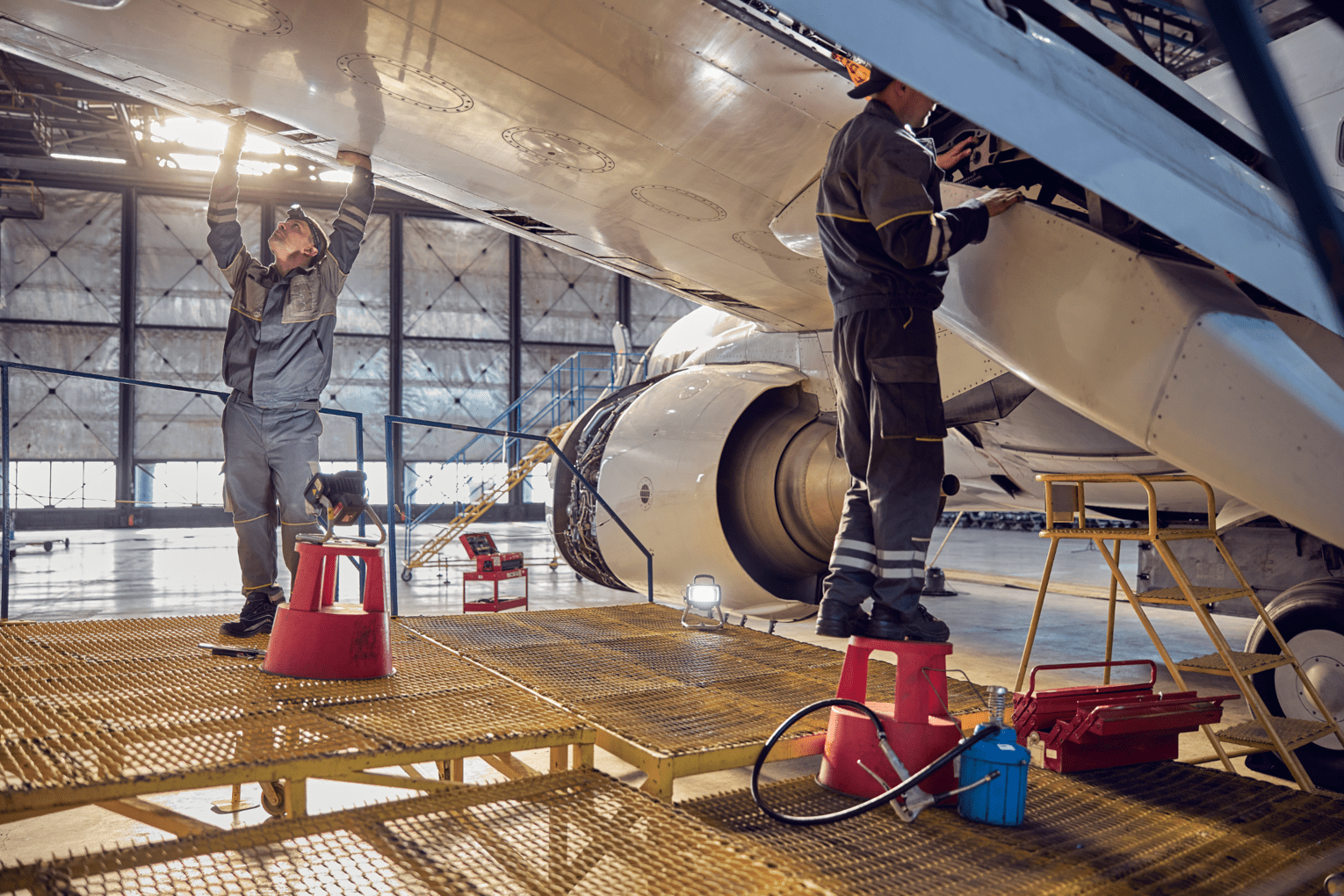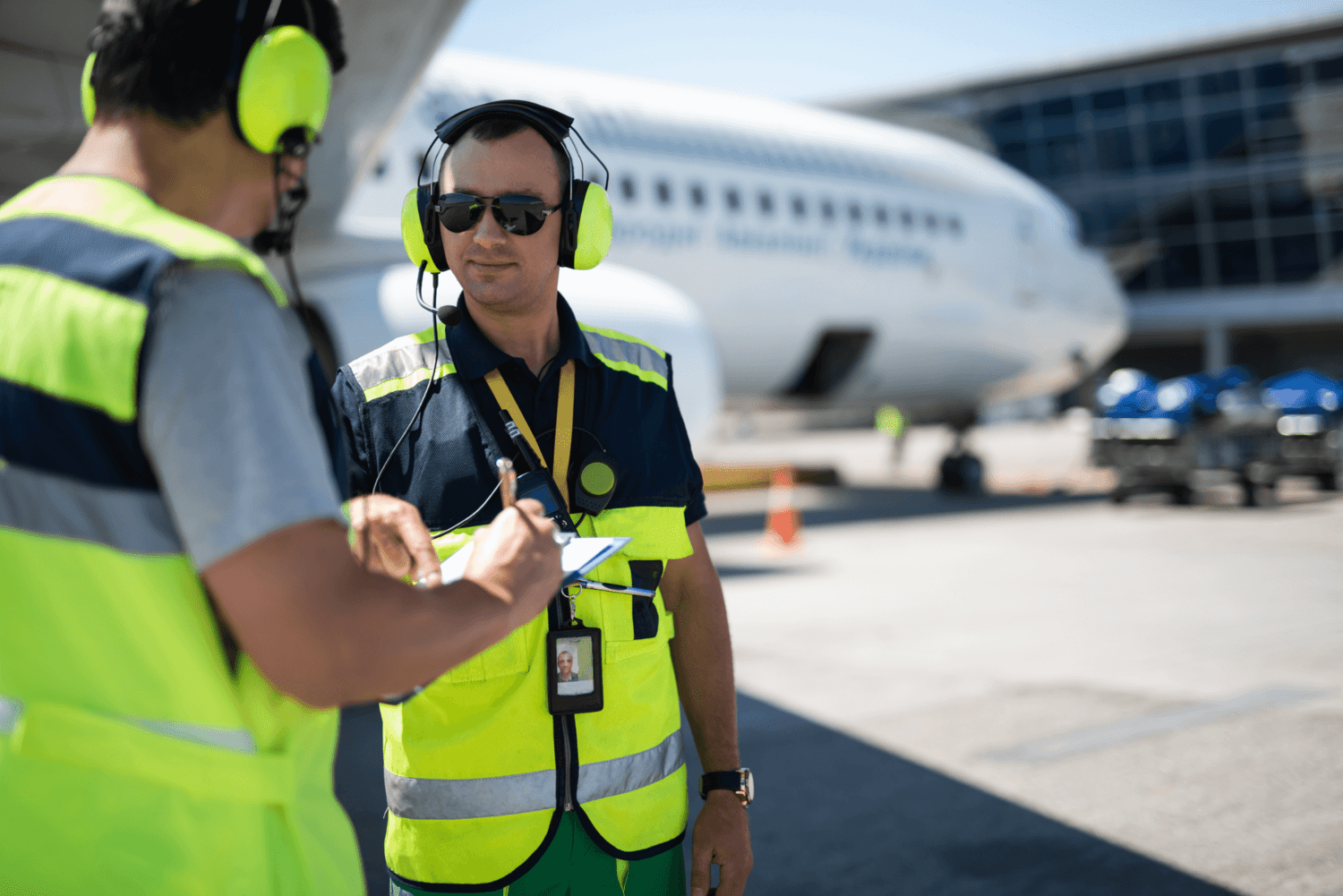
Release date : 2020-09-09
Global fleet renewal: too fast for a manufacturer’s supply chain to handle?
At the Dubai Airshow this year the total amount of orders for the newest products of the two largest aircraft manufacturers – Boeing and Airbus – has already exceeded 400. Moreover, both competitors have been raising their production rates in order to keep up with the schedules whilst at the same time also trying to increase their presence in the aftermarket. However, the considerable supply chain-related obstacles directly linked to the recent boost in production may force the industry giants to alter some of their ambitions.
During the last few months, the industry has observed the two largest aircraft manufacturers – Boeing and Airbus – steadily increasing their production rates with the unprecedented ambitions to reach the levels of up to 70 aircraft a month, following a record amount of orders from carriers. With the increasing amounts of new generation aircraft soon to be introduced into the market, the challenges of their aftermarket support are one of the most concerning issues for operators. However, the manufacturers have as much to worry about, since such a boost in production will definitely exert additional pressure on their supply chains.
“Airbus representatives have recently emphasized the necessity of being a global manufacturer rather than just a European one. For example, it is known that the company is probably the largest U.S. export customer today, as its supplier list stretches across 40 states, involves more than 200.000 jobs and costs the manufacturer tens of billions a year. Moreover, the registration for entering that list is still open,” shares Zilvinas Sadauskas, the CEO of Locatory.com. “The situation with Boeing is quite similar as it acquires up to 800 million of its components from its partners, spending up to $30 billion annually. In order to manage such an expansion and increase in production the supply chain needs to run like clockwork, and to our knowledge the two manufacturers have had their share of troubles due to massive outsourcing before.”
Airbus representatives have recently emphasized the necessity of being a global manufacturer rather than just a European one
Performance-wise, Airbus products have not been exactly flawless recently. Its A380s operators are facing mandatory inspections of the specific belly-area fuselage panels after loose panels were discovered on an in-service aircraft. Moreover, EASA has ordered to increase the frequency of Airbus A320 pylon checks after an operator of A320 family airplanes reported an in-flight loss of the Right Hand aft pylon moveable fairing tail cone.
Also, despite the fact that the extensive B787 program does show signs of improvement (Boeing says it is making progress on boosting the 787’s reliability, which is at 97% across the 96-plane, 16-customer fleet), Boeing’s product still presents challenges to its operators. For example, the Norwegian Air Shuttle has recently had to ground its two 787s and use two Airbus A340-300s instead. Moreover, the FAA has recently ordered Boeing 747-8 operators to check elevator power control actuators for missing bushings after an alarming report issued by an operator. At the same time, unlike Airbus, Boeing has been building up its ambitions to cash in on the massive demand for the aftermarket support that its aircraft generate and has been designing the newest aircraft (737MAX and 777X) with an eye on grabbing a greater share of the maintenance work the models will need.
“It’s a known fact that while engine MROs have managed to obtain large shares of their products’ aftermarket work, airframe OEMs own less than 4% of the components business, so Boeing’s ambitions in the segment should raise no eyebrows,” says the CEO of Locatory.com. “At the same time it is always important to set up one’s priorities straight. In a recent interview, a representative of Airbus has said that since 30 years ago no one thought that it was possible to make more than four aircraft per month, the design was 100% focused on the performance of the aircraft and not at all on manufacturing considerations. While today the new technologies do expand manufacturing possibilities, the reoccurring problems with the new products seem to suggest that the industry as a whole is still unable to keep up with such pace.”


